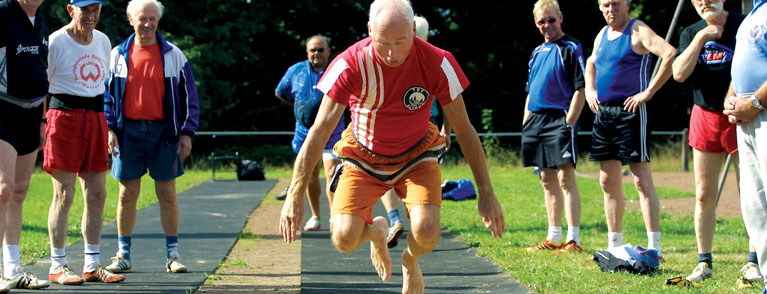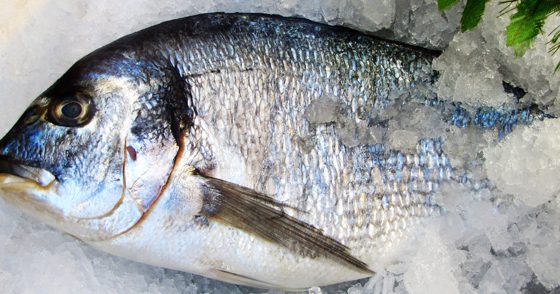“Long live sport!” – The title of this honest, but also quite ironic 80s hit actually sums it up perfectly: Sport (not only football) is for many probably the most beautiful pastime in the world, but also has its dangers. In Switzerland, sports injuries have been steadily increasing in recent years, even though they very rarely lead to fatalities. The majority of fatal events leading to death in sports are cardiac related.
This disturbing fact led to the concept of the “sports paradox”: on the one hand, the health-promoting, preventive properties of regular physical exercise are undisputed, but on the other hand, sports have also been identified as a “trigger” for sudden cardiac arrest and cardiac death. This is especially true in the case of underlying cardiovascular disease, which can increase the risk of a sports-associated fatal cardiac incident up to 100-fold. Thus, the ultimate goal is adequate cardiac screening, which should also reach as many athletes as possible.
However, many athletes, especially in the so-called “hobby and amateur sports”, are deprived of screening today, and even screening adequately performed according to the latest guidelines can never prevent all fatal events. If typical clinical symptoms, such as chest pain, occur in such cases, it is important to take the right steps without delay. We get a practical guide in this issue of CARDIOVASC.
Atheromatosis, which often develops insidiously and asymptomatically and can eventually lead to a potentially lethal plaque rupture even in a less pronounced form (especially during sports), is a systemic disease. An interesting CME article in this issue additionally deals with a relevant venous problem and thus another important aspect of vascular diseases: the chronic venous ulcer and the pitfalls of its therapy, which we are unfortunately all too familiar with in everyday practice.
So encourage your patients (and of course your private environment and yourself) to exercise regularly. Preventive measures in the sense of a reduction of cardiovascular risk factors, adequate screening and a tailored training program can definitely invalidate the “sports paradox”. Long live the sport!
Christian Marc Schmied, MD











